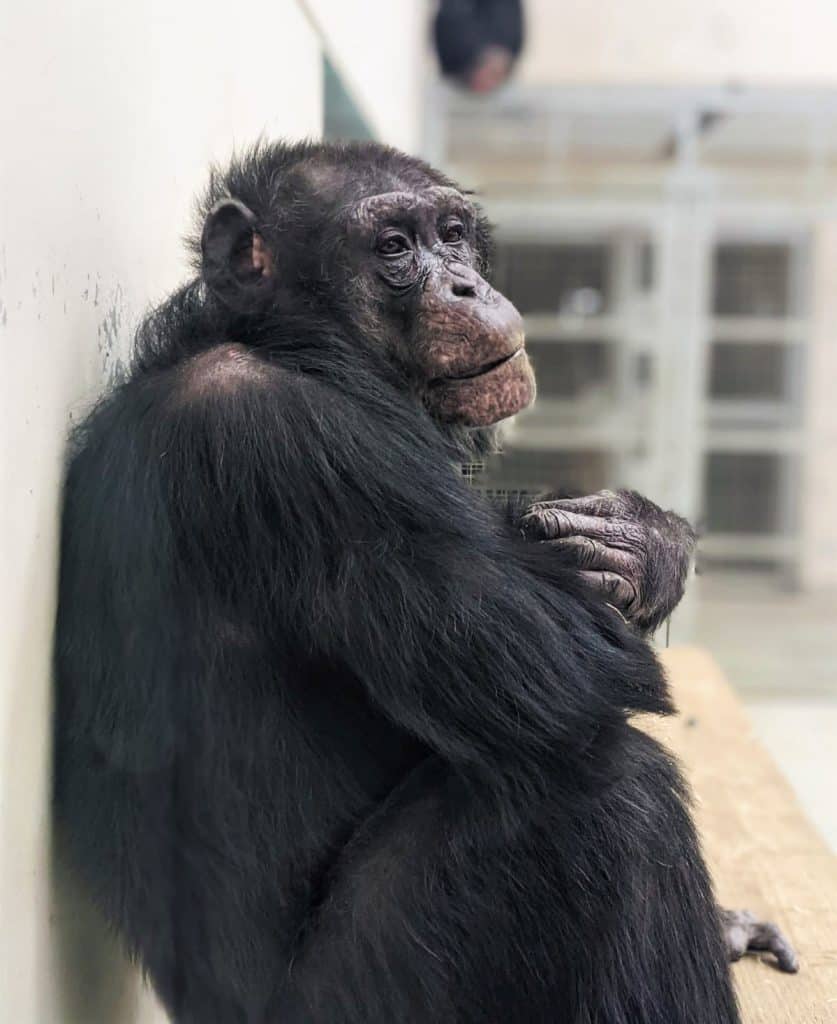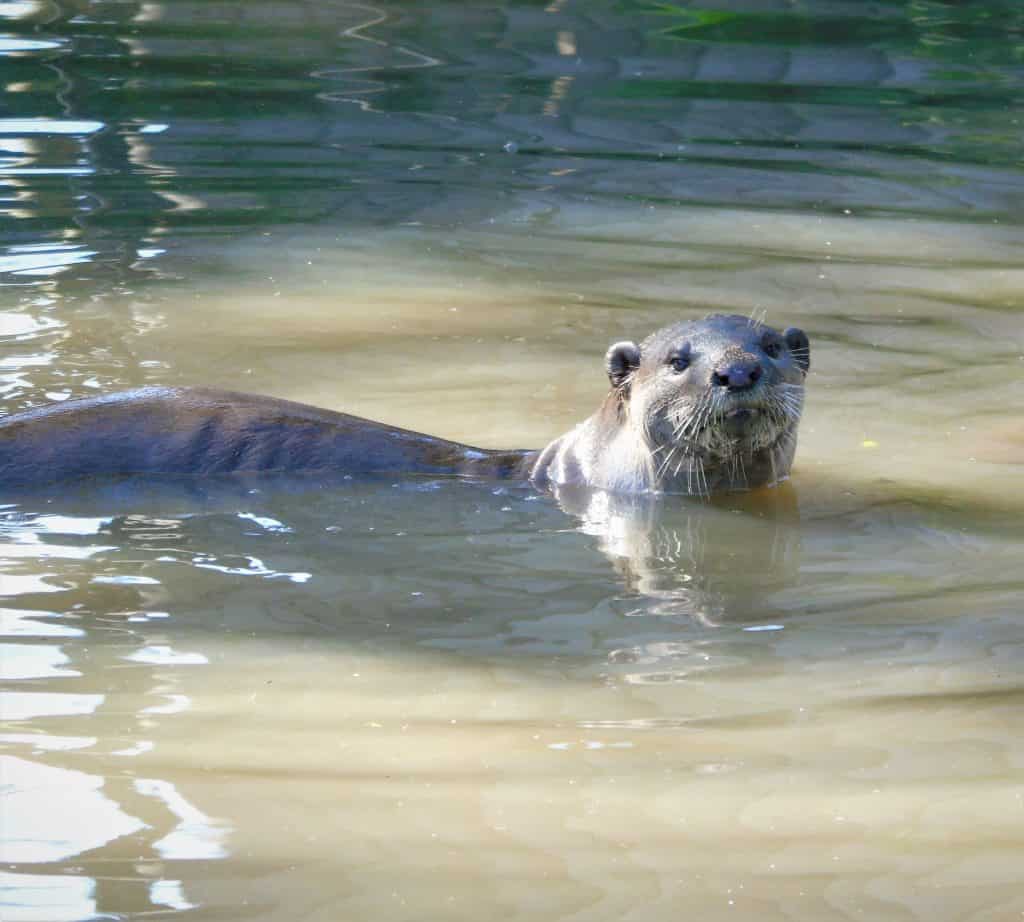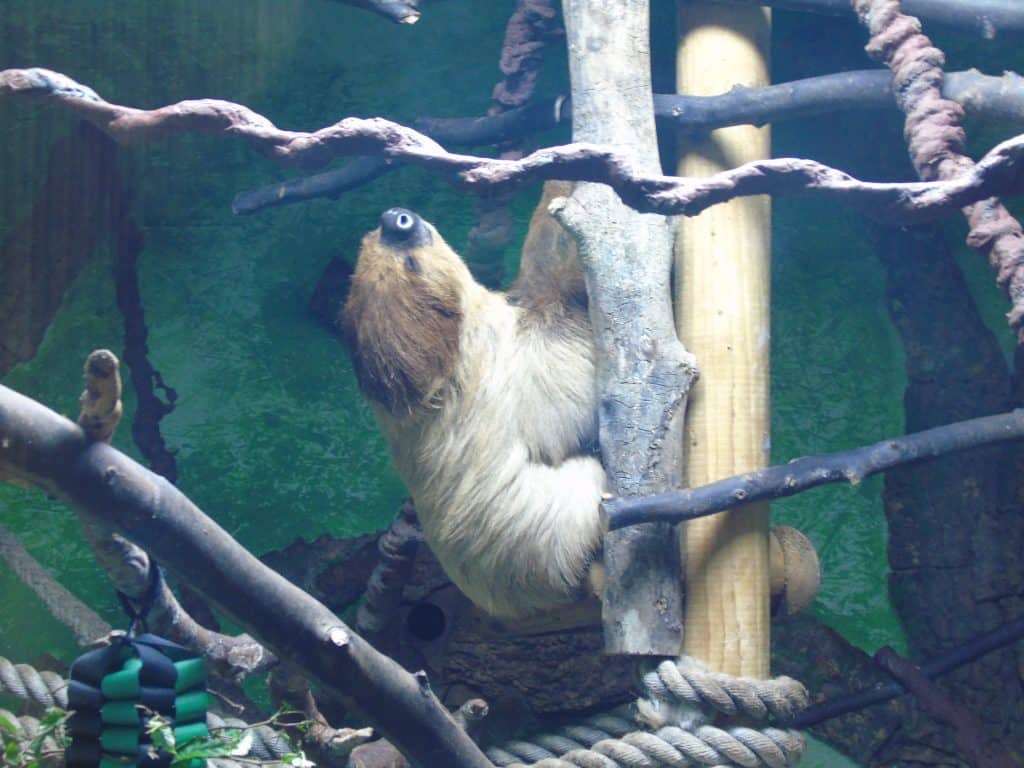This week I am going to be talking about something which we all do, but we don’t always like to talk about.
Let’s face it, poo is pretty gross. It smells, if you have children you’ll know that it can get everywhere and it’s a never-ending job to clean it up.
However, poo, faeces, stools, scat, bodily movements, number twos, whatever you want to call it, is especially important for monitoring an animal’s health.
Some days it is all I seem to talk about with keepers. It’s something which we have to closely monitor, as it can sometimes be the first indication that something is wrong with an animal.
It’s not just about consistency either, colour, smell and how we grade the poo is vitally important.
Why is it important?
Keepers record some of our animals faecal grading daily. This can be for a number of reasons from an animal with long term issues, diet changes, checking for parasites or stress factors.
Faecal grading uses a variety of different methods depending on the species. For our great apes we use a grading system like that of the Bristol Stool chart. Yes, that’s right, a poo chart of various faecal consistencies. It has 7 different erm, levels. Type 1 would be extremely hard lumps which are hard to pass, right down to type 7 which is entirely liquid. You get the picture.
This is important for our great apes as just like us they can suffer with sensitive stomachs sometimes. If they’re poorly or like Fritz and on a long term medication they can get an upset stomach easily.

Ever had that problem when your nervous and suddenly need the loo? It can be the same for animals if they are a bit stressed. Perhaps if they need to be caught or handled for medical reasons, they may occasionally do something which we call a stress poo. The Ring-tailed Lemurs are especially good at this when we need to catch them for medical reasons. It smells really bad and gets everywhere.
But who has the worst poo?
Well, it depends on who you speak to.
If you speak to the carnivore keepers, most will say the otters, the bird keepers would probably say the penguins, the mammal keepers would most likely say the tapirs and if you ask the primate keepers, they will definitely say the mandrills.
Personally, I would say the otters do out of all the animals, with their stinky, fishy poo.
Otters
Otters have an incredibly high metabolic rate compared to other mammals of a similar size. It’s about 50% higher. This is due to them swimming in cold water and needing to maintain their body temperature whilst doing so. They need to eat an awful lot of food to maintain their body weight and have quite a short digestive tract. This means that a lot of their food is not fully digested and as fish has a lot of natural oils, otters hardly ever get constipated. In fact, if an otter is constipated it could be extremely unwell and need medical attention quickly.

Sloth
On the other end of the speedy digestive system, we have the sloth.
Our sloth, Sid has the complete opposite metabolic rate to otters with it being incredibly slow- around half that of a mammal of a similar size. In fact one species of three toed sloth, the brown throated sloth, has the slowest metabolic rate of any mammal.
Their body temperature is also very low compared to other mammals. When active their temperature is between 30-34°C with it dropping even lower when resting. Sloths are notoriously known for defecating around once per month. Their droppings are like small hard pellets that they leave in a convenient pile, usually in the same place every time as this is one of the only times they would travel down to the floor.

What about other animals?
Some animals will use their faeces to mark their territory. For example, hippos will spread their poo around with their tails flicking it everywhere to spread their scent. Wombats have even developed a digestive system to make cubed poo so that it does not roll away to mark their home range.

There are many things that faeces can be used for even to test if an animal is pregnant. Believe it or not, faeces can be tested to check the level of progesterone which rises with a pregnancy. This can be especially helpful for animals that a normal human pregnancy test would not work for.
So just a little bit of information about poo, it’s not just a waste product.


